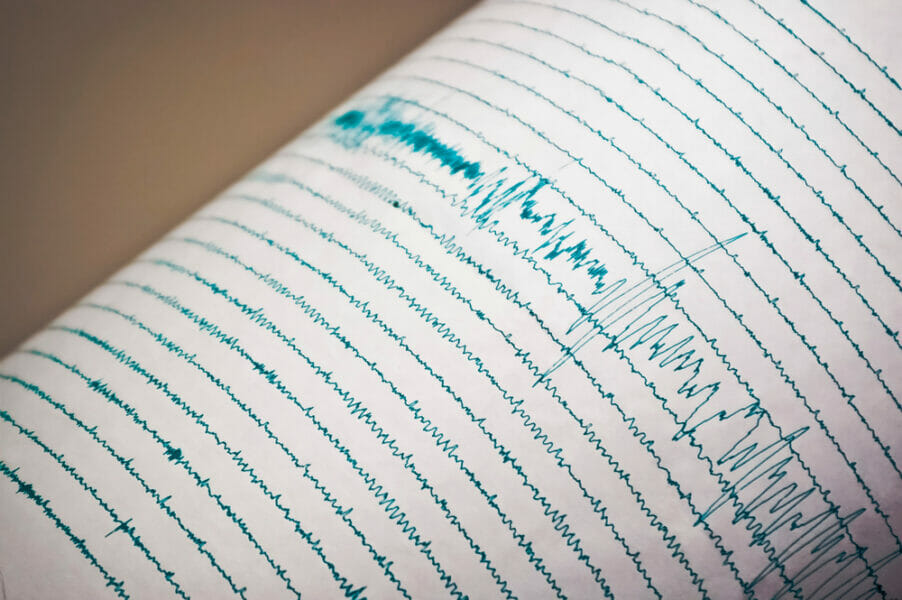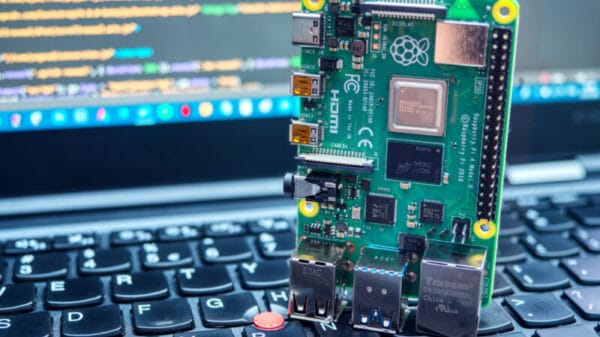It often happens that just when human society appears to exhibit increasing levels of triviality, selfishness, violence, and self-absorption, Mother Nature steps in to remind us of who truly holds power. A stark example of this is the recent significant earthquakes near the Turkey-Syria border. The tragic loss of life resulting from these earthquakes is gradually coming to light and is expected to rise further as survivors stranded since the Monday quakes start to succumb to cold and hunger.
The sheer magnitude of energy released in this earthquake alone, estimated at 32 petajoules, dwarfs any attempts we make to control nature. The level of destruction caused by such an event depends on various factors such as the type and depth of the quake, as well as the soil conditions at the epicenter. Regardless of the local impact on the surface, earthquakes of this scale have a global reach, sending seismic waves across the world that register on seismometers worldwide.
Although seismic networks are incredibly valuable, a more informal network of detection instruments exists that can pick up large earthquakes like this one from afar. Some instruments are designed to detect changes in the Earth, while others incidentally pick up the shockwaves traveling through the planet. It’s intriguing to find out if data from any of these instruments captured this quake.
Astonishment and Wonder
Upon hearing about this earthquake early on Monday, my mind immediately went back to the Hunga Tonga volcanic eruption in 2022. I remembered being captivated by satellite images showing the pressure wave traveling globally after the initial eruption. An abundance of barometric data from public and private weather stations worldwide clearly indicated a sudden increase in atmospheric pressure as the shockwave passed through specific locations, often revealing the returning impulse as the pressure wave circled the globe.
Compared to these relatively straightforward incidental detections, which were mostly atmospheric phenomena, detecting the Turkey-Syria quake is more complex due to its sustained duration. Lasting approximately seven to eight minutes, the quake’s effects are less likely to leave a noticeable atmospheric imprint, making ground wave detection more prevalent.
One remarkable example of ground waves traversing the planet is shown in this Ground Motion Visualization (GMV). The animation displays a network of North American seismometers lighting up as the quake’s ground waves pass over the continent, with red indicating upward movement and blue indicating downward movement. The swift propagation of waves across the continent, particularly the density of seismometers in California, is fascinating to observe.
Watch the waves from the M7.8 earthquake in Turkey roll across seismic stations in North America. pic.twitter.com/vfbecEwsR1
— EarthScope Consortium (@EarthScope_sci) February 6, 2023
Shaking Clocks
Soon after the quake, we learned of another incidental detection by our acquaintance Daniel Valuch at CERN in Geneva. Recently, we featured his impressive atomic pendulum clock project, which uses a cesium timebase to regulate an old pendulum clock through a clever chain-drive mechanism. Upon reviewing the Phase-Locked Loop (PLL) data on Monday morning, Daniel noticed that the clock had experienced difficulties at one point, indicating an earthquake 1,700 km away.
Changes in the Ionosphere
Another intriguing consequence of this earthquake was the detection of ionospheric changes. We previously discussed Alex Schwarz and his “RF Seismometer,” which efficiently reveals the atmospheric effects of significant earthquakes by monitoring RF propagation. Using custom software-defined radio and a specialized down-converter connected to the Intermediate Frequency (IF) stage of a shortwave receiver or ham transceiver, Alex continuously monitors wideband HF noise. When an earthquake occurs, he observes a spike in the noise floor due to triboelectric effects in the quake zone interacting with the ionosphere and altering its refractive index.
Your Involvement
Given the tremendous power of this earthquake, numerous incidental detections are expected. Our society is extensively equipped with instrumentation, making it likely that this quake registered in someone’s data. If you operate your personal seismograph and observed the signal, or if someone managed to capture a barometric signal, possibly near Ground Zero, we are keen to know. Additionally, peculiar effects like the impact on medical imaging procedures or 3D printing during the quake could yield compelling results.
While these incidental detections offer intriguing insights, they pale in comparison to the devastation and suffering occurring in Turkey and Syria. It is essential to remember this as we discuss these findings and strive to glean some positive aspect from this tragic event.
Image Source: e.backlund / Shutterstock















